Interest rates are inching up
After a long period of remaining at a low level, savings interest rates at many banks have been quietly increasing in short terms, leading to an upward trend in lending interest rates.
Although the State Bank has maintained its liquidity support policy and has not signaled a monetary tightening – as it has not restarted the channel of withdrawing money through treasury bills since June – the interest rate level is currently under a lot of pressure.
The return of inflationary pressure and the cautious management trend of major central banks around the world have narrowed the room for maintaining low interest rates.
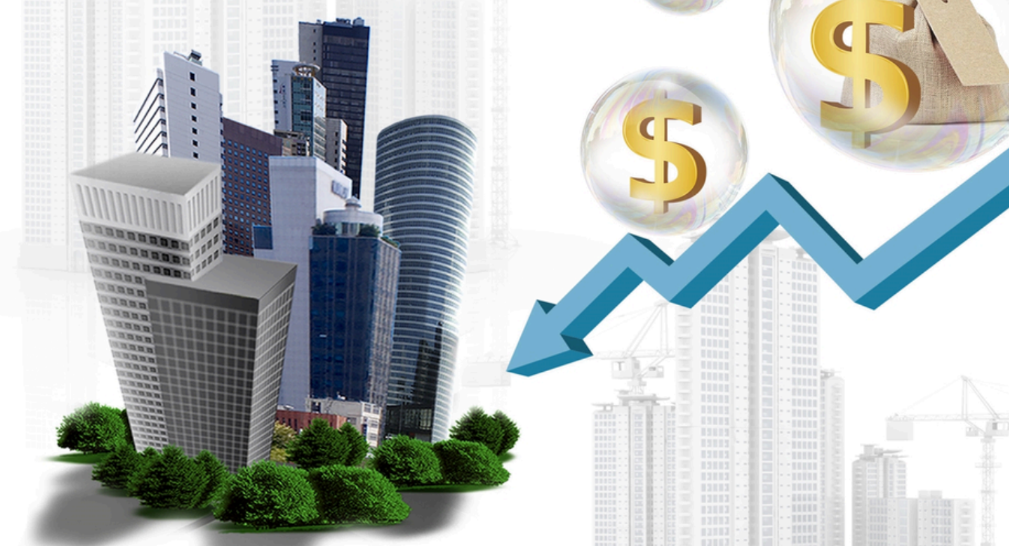
In that context, the real estate market, a sector heavily dependent on credit, is facing a major test for recovery and development.
According to the report of the Vietnam Association of Realtors (VARs), the reality shows that when interest rates increase sharply, the first and most obvious impact is the decline in liquidity in the market. Homebuyers, especially those using loans, will have to reconsider their financial plans.
Meanwhile, real estate investors are more cautious with their portfolio expansion plans, as expected profitability is unlikely to offset increased capital costs.
At the same time, project development enterprises face a double risk: financial costs increase while demand decreases, causing cash flow to slow down and new supply to shrink. When supply decreases, transactions stagnate, and prices therefore find it difficult to maintain the same upward momentum as in the previous period.
With the characteristic of using large financial leverage, real estate is the investment channel most directly and deeply affected by interest rate fluctuations. In the past, the Vietnamese market experienced a sharp decline in the period 2011-2013, when lending interest rates exceeded the threshold of 18-20%/year.
Many businesses and investors had to sell off assets to cut losses, causing the market to "freeze" for a long time, with real estate prices in many areas falling by 30-40%, even in the central area.
Part of the reason comes from the investment mentality of relying on short-term loans, while real estate projects and assets have long investment cycles. When capital costs increase suddenly, cash flow is disrupted, and the risk of illiquidity is almost inevitable.
Pressure also comes from preferential home loans. In recent years, to stimulate the market, many investors and commercial banks have launched home loan packages with preferential interest rates from only 5.5%/year, even interest-free, principal grace period up to 5 years. This policy helps a large number of people and investors access cheap capital to own real estate.
However, the preferential period is only temporary. When entering the floating interest rate period, if the general interest rate level increases, the debt repayment pressure will increase sharply.
VARs believe that many customers are in a situation where “they have not paid any capital, but the interest has doubled”. When market liquidity is low, reselling products to cut losses becomes difficult, and the risk of bad debt can return to the credit system.
Real estate businesses under great pressure
VARs assess: Real estate businesses are currently the group most affected by rising interest rates. On the one hand, they have to bear higher financial costs for loans to implement projects; on the other hand, purchasing power in the market declines when people have difficulty accessing loans to buy houses.
Meanwhile, the channel of mobilizing capital through corporate bonds has not yet fully recovered. New issuance is still cautious, while the amount of maturing bonds remains high, forcing many businesses to manage cash flow by selling off land funds, delaying construction progress or negotiating with contractors and banks to extend payment time.

In particular, with the majority of supply being future projects, the disruption of cash flow from customers makes financial pressure even greater.
When credit costs increase, other capital mobilization channels are not yet developed, and the financial capacity of many investors is limited, many projects are at risk of being suspended or delayed, affecting the confidence of buyers and secondary investors.
Not only affecting ongoing projects, prolonged high interest rates also weaken the ability to expand land funds and start new projects.
In fact, banks tend to increase interest rates during periods of market downturn due to high risks. At that time, many businesses choose to “sit still” instead of expanding investment, to limit losses – especially in the context of escalating land and construction costs.
As a result, housing supply is at risk of a significant decline in the medium term. In addition, rising interest rates also indirectly impact public investment and infrastructure costs.
As raw material prices, labor costs, and site clearance costs increase, the progress of many key transportation projects is delayed. This directly affects the expectation of price increases in areas that were once predicted to “benefit from infrastructure,” putting many secondary investors in a difficult position.
Despite facing many challenges, the long-term outlook for Vietnam's real estate market remains positive, thanks to the foundation of large real housing demand and strong urbanization.
"As the economy continues to grow, segments such as housing, industrial real estate, office for lease and retail still maintain stable demand," VARs assessed.
The Vietnam Association of Realtors (VARS) believes that, in the current period, home buyers should take advantage of the opportunity when interest rates are still low and supply is recovering.
However, the use of borrowed capital should be controlled at a safe level, not exceeding 50% of the property value to avoid risks when interest rates can reverse. Buyers should also prioritize choosing projects with reputable investors, strong financial capacity, legal guarantees and construction progress - especially with housing products formed in the future.
Source: https://congluan.vn/lai-suat-tang-dan-dong-tien-tro-nen-kho-bat-dong-san-lai-buoc-vao-chu-ky-sang-loc-10316526.html


![[Photo] The road connecting Dong Nai with Ho Chi Minh City is still unfinished after 5 years of construction.](https://vphoto.vietnam.vn/thumb/1200x675/vietnam/resource/IMAGE/2025/11/04/1762241675985_ndo_br_dji-20251104104418-0635-d-resize-1295-jpg.webp)

![[Photo] Ho Chi Minh City Youth Take Action for a Cleaner Environment](https://vphoto.vietnam.vn/thumb/1200x675/vietnam/resource/IMAGE/2025/11/04/1762233574890_550816358-1108586934787014-6430522970717297480-n-1-jpg.webp)

![[Photo] Ca Mau "struggling" to cope with the highest tide of the year, forecast to exceed alert level 3](https://vphoto.vietnam.vn/thumb/1200x675/vietnam/resource/IMAGE/2025/11/04/1762235371445_ndo_br_trieu-cuong-2-6486-jpg.webp)
![[Photo] Panorama of the Patriotic Emulation Congress of Nhan Dan Newspaper for the period 2025-2030](https://vphoto.vietnam.vn/thumb/1200x675/vietnam/resource/IMAGE/2025/11/04/1762252775462_ndo_br_dhthiduayeuncbaond-6125-jpg.webp)





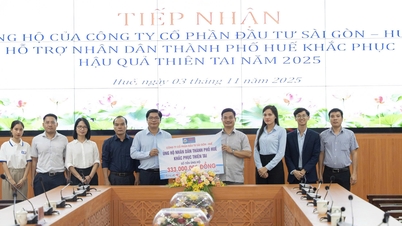

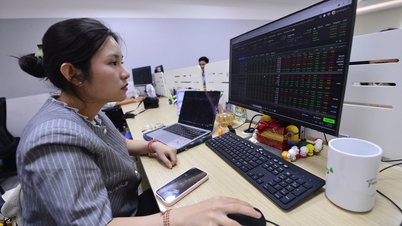






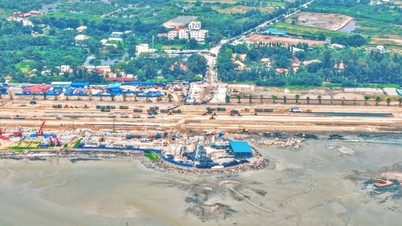
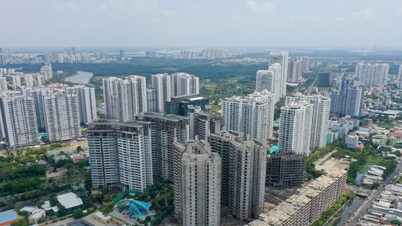


































































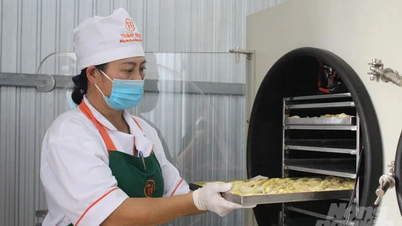

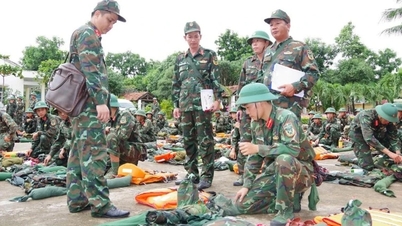














Comment (0)